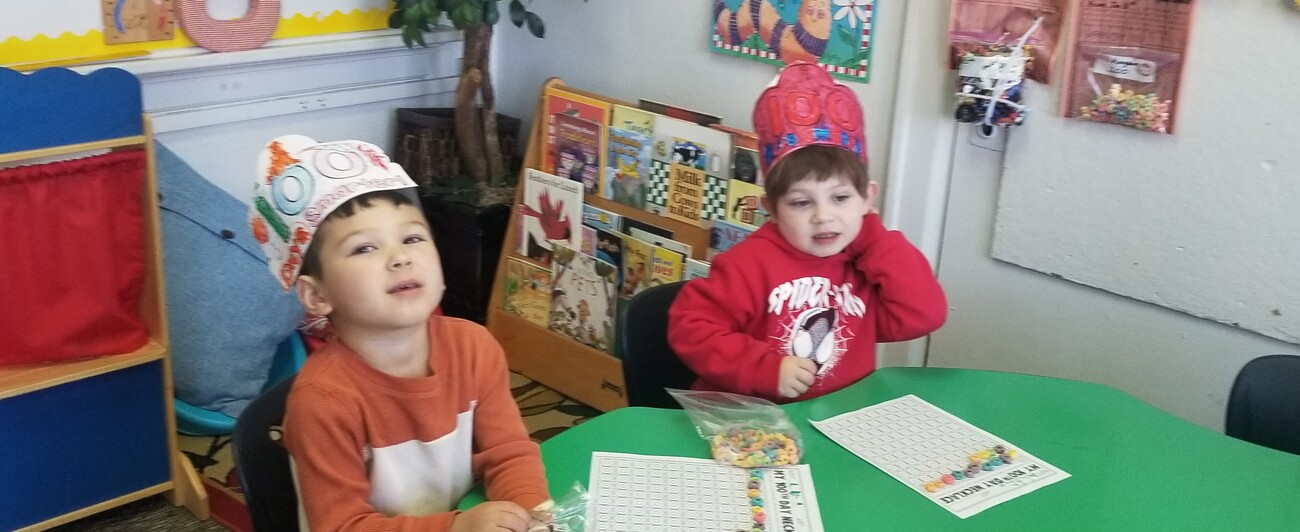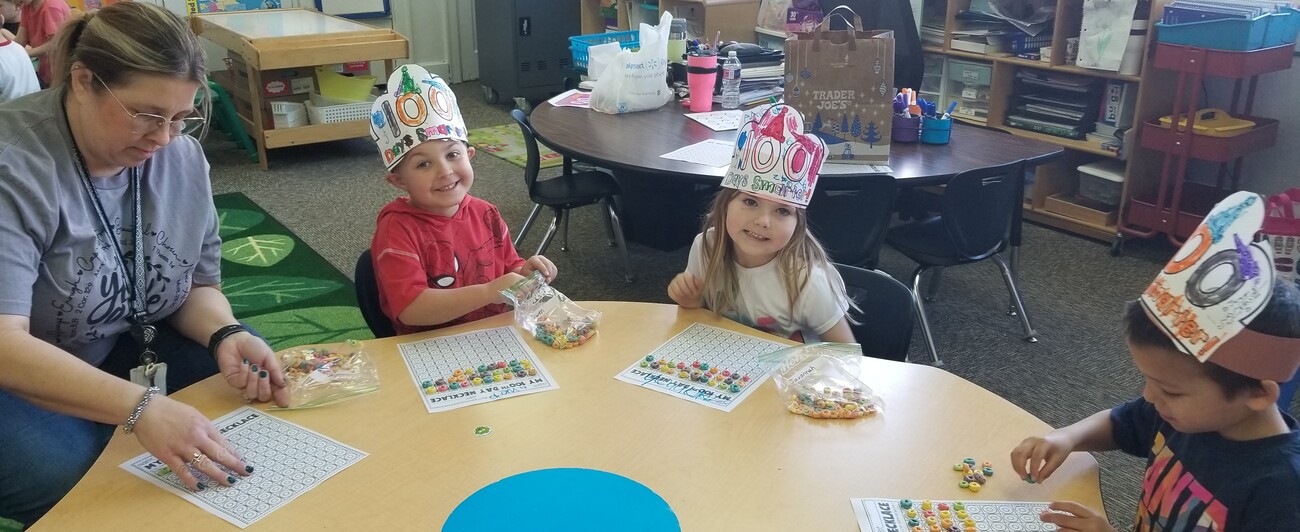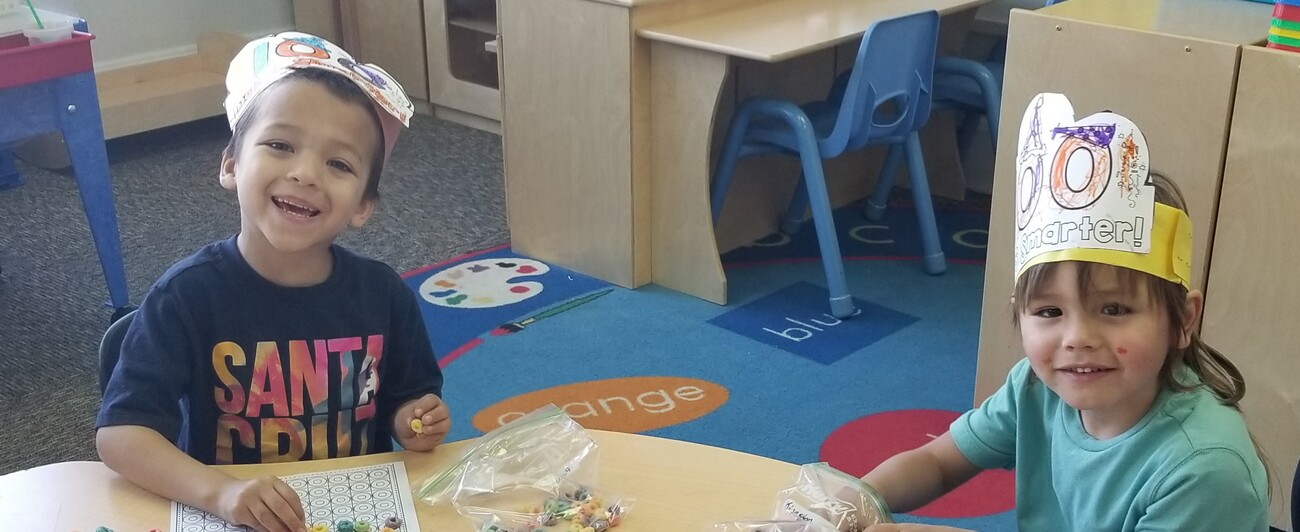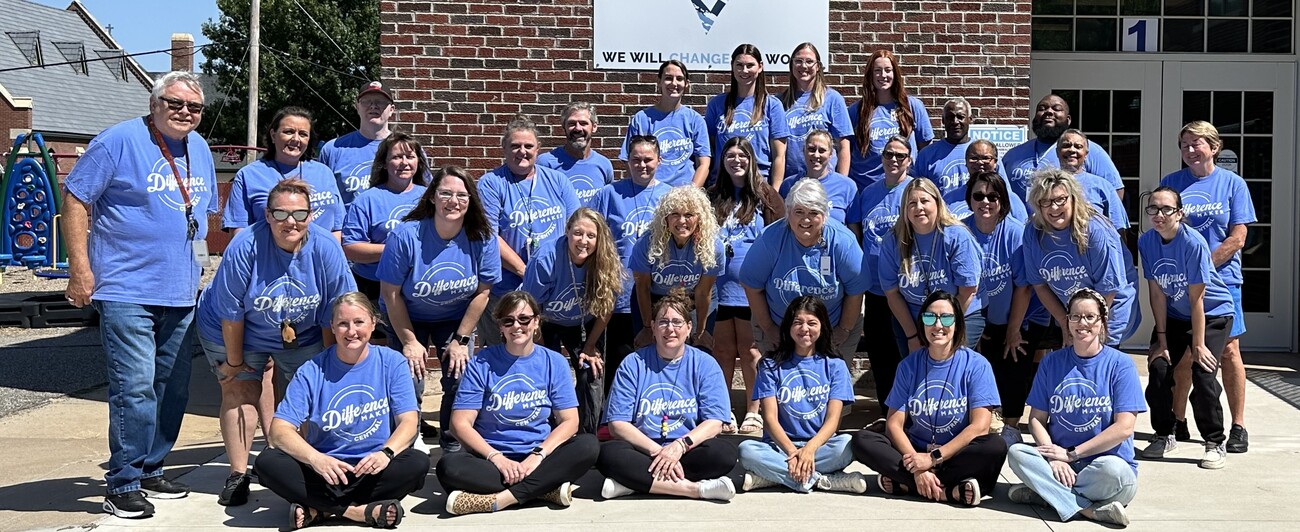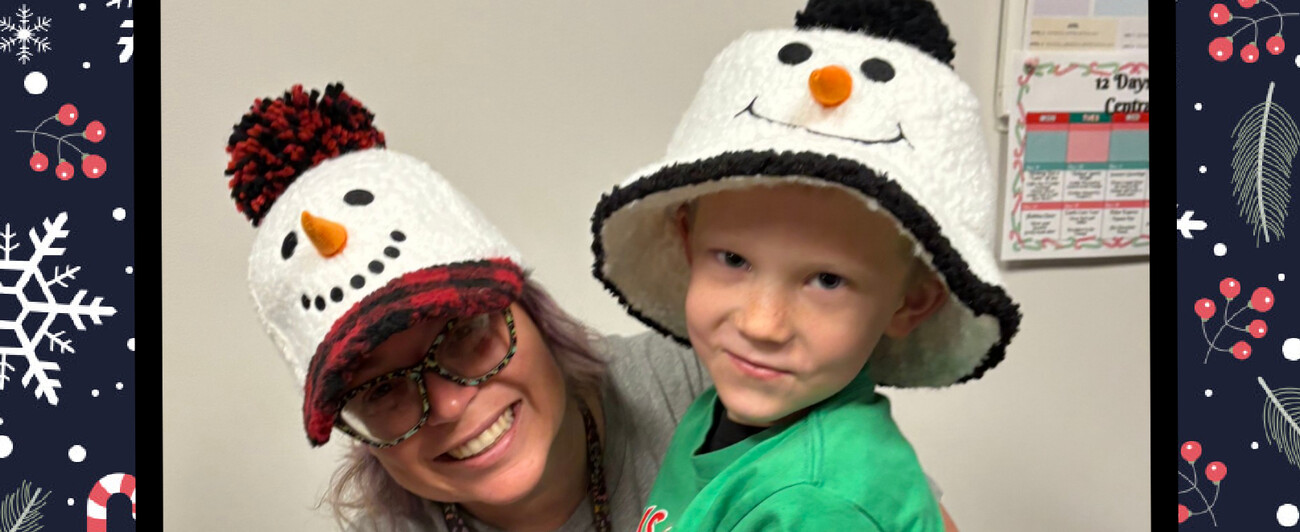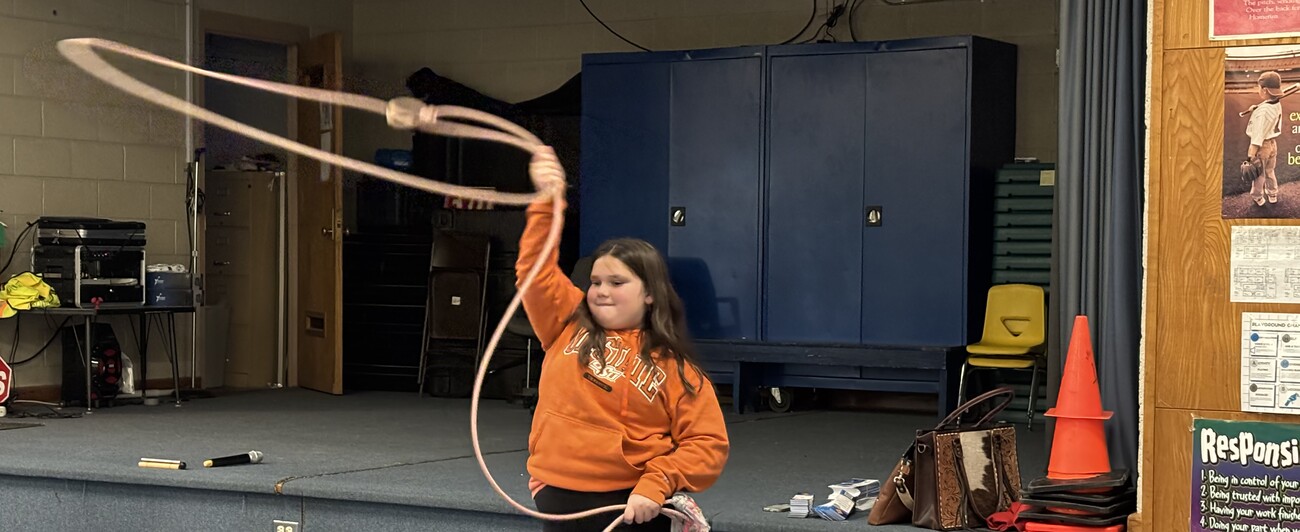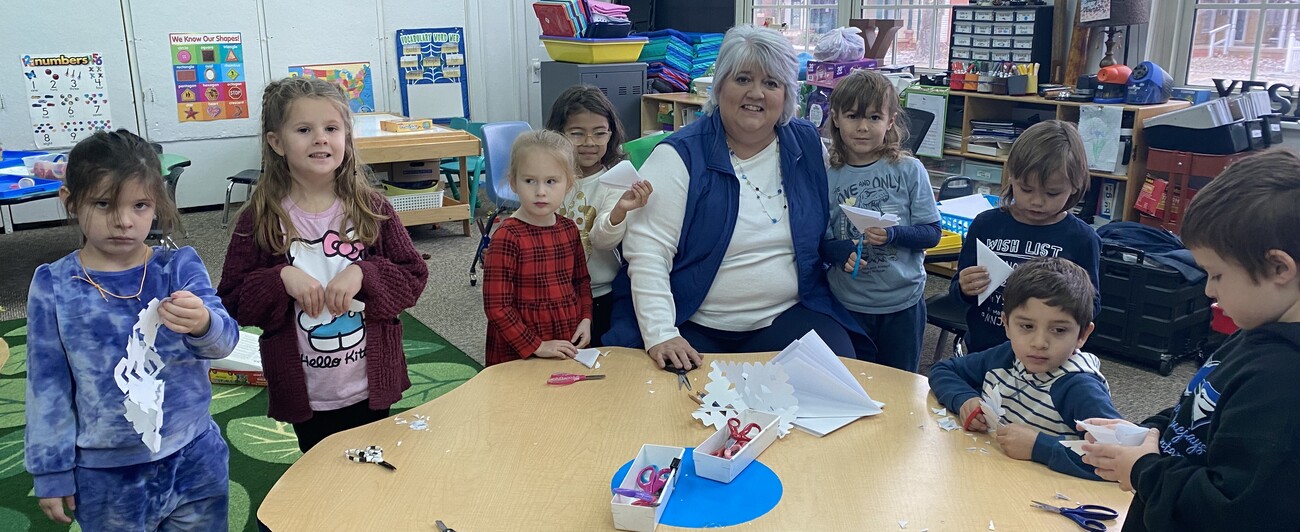March News Article
 March Literacy News
March Literacy News 
What Is Reading Fluency?
Reading fluency is the ability to read a text accurately and quickly. Children are becoming fluent readers when they can automatically and rapidly decode and understand the meaning of individual words. Fluent readers read fairly effortlessly, group words into meaningful phrases, and read with expression.
Why Is Fluency Important?
Fluent readers are able to focus their attention on understanding what they are reading so they are better able to interpret and make connections among the ideas presented. Their reading sounds natural, as if they are talking to someone.
Non-fluent readers must focus their attention on decoding and understanding the meaning of individual words which leaves little attention free for understanding the meaning of the text as a whole. Their reading is choppy and halting.
Non-fluent readers read slowly, and so cannot keep the thread of what they are reading in their memories. This means they usually have to read the text several times to understand it.
Adapted from Put Reading First, US Dept of Educ; 2001
Fluency Activities
Fluency develops gradually over time and with practice. You can help your child become a more fluent reader by:
1) Reading aloud often, modeling fluent reading.
2) Reading a sentence aloud and inviting your child to read the same sentence "echoing" your reading.
3) Helping your child read new words and talking about their meanings.
4) Have your child repeatedly read short passages aloud while you time him with a stopwatch. Graph the results to show him how much faster he gets each time.
5) Let your child use a tape recorder to practice reading aloud. Then listen to himself to see if he read fluently.
Pre-K students can practice saying the letters of the alphabet (in and out of order) quickly and accurately.Try this same activity with numbers (from 1-10) or pictures of common objects (clothes, toys, furniture, food, etc).
Kindergartners can practice saying the letters of the alphabet and numbers (from 0-100) out of order quickly and accurately. Take a three or four-letter word and have your child sound it out without stopping, stretching out the sounds and blending one sound into the next (sssuuunnn, sun). When that becomes easy, take a simple sentence ( I can see the fox. I like to run. The cup is red. ), write it on a strip of paper and cut the words apart. Have your child arrange the words in the correct order and read the sentence. See if she can read it without pausing.
First graders should be reading common phrases , such as: one more time, all day long, the two of us, as big as, from here to there, a long way, where are you, any old time, right now, come here, thank you, we want to, put it there, move over, it turned out, between the lines, in the beginning, along the way, and once upon a time. You can write the phrases on strips of paper and have your child practice reading them without pausing between the words of each phrase.



